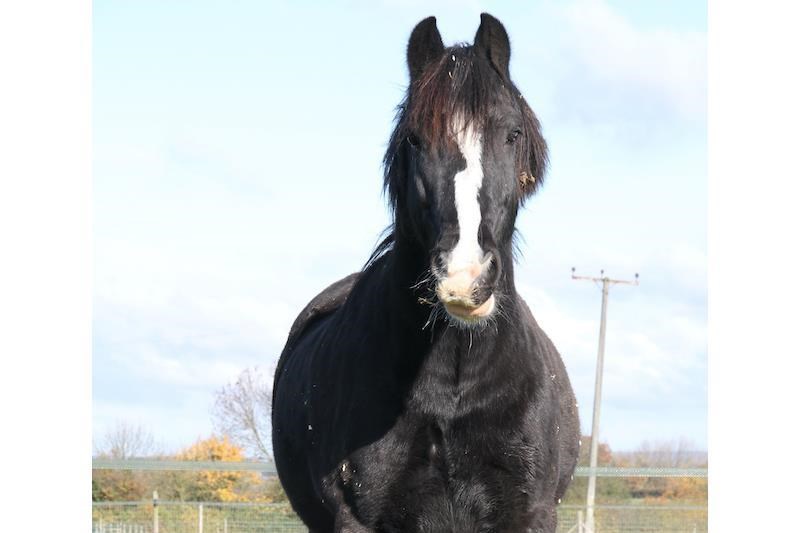With the abundance of grass during a mild damp autumn, the threat of laminitis may well raise its ugly head. Baileys Horse Feeds have compiled this health and nutrition guide to reduce the risks whilst maintaining a healthy diet.
With the abundance of grass during a mild damp autumn, the threat of laminitis may well raise its ugly head.
What Happens?
The component in grass thought to be responsible for laminitis is fructan which is a soluble carbohydrate; the fibre element of grass is insoluble carbohydrate and it is this which is fermented slowly in the hind gut to produce energy. The horse is unable to digest fructan in the stomach and small intestine so it passes into the hind gut which can cope with small amounts of it, also being fermented by bacteria.
This fermentation results in the production of lactic acid but, if levels of fructan are excessive, the gut becomes more acidic resulting in the death of some of the beneficial gut bacteria. As these bacteria die they produce endotoxins which pass into the bloodstream and disrupt the circulation to the feet.
Essential Nutritional Support
To reduce the risks then, careful management is key, with restricted access to pasture highly recommended for the most susceptible equines. It may be necessary to feed some hay as an alternative, lower calorie forage source in order to keep fibre intake up and support a healthy gut. A fully balanced diet remains essential to supply the nutritional support for healthy hoof growth, work and general well-being.
This need not mean feeding additional calories, as the recommended quantity of a balancer will supply quality protein and essential vitamins and minerals in a low starch, low calorie formula. Fed in small quantities, alongside forage, balancers are ideal for both grass and stable kept horses and are far preferable to just giving a token gesture of a mix or cubes, which would not meet vitamin and mineral requirements and so leave the animal short of vital nutrients.
“Safe” Calories
A dilemma arises when the laminitis-prone has lost weight and needs to gain condition or is working harder so needs more energy. Whilst additional fibre sources will supply more calories, these may still not be sufficient, yet a conditioning feed may not be the answer when we are trying to keep starch intake to a minimum. A useful source of additional calories, in this case, is vegetable oil though this needs to be fed at rates of 200 – 500ml to make a difference – a “splash” will help with a shiny coat but not add much to the calorie levels!
When feeding more than 100ml though, extra antioxidants are necessary to help the body utilise the oil more efficiently, so feeding a vitamin E and selenium supplement as well is a good idea. A specialist high oil supplement, like Baileys Outshine, already contains these extras and is easier and less messy to feed than straight oil.
Advice and Guidance
If you suspect your horse or pony may be suffering from laminitis, at any time of year, you should call your vet immediately, avoidance, however, is always the best policy. With careful management and supportive nutrition, this should be achievable but if you have any doubts about what to feed your horse or pony prone to laminitis, make use of the feed company helplines, who will give you practical advice and help you make an informed choice.
To talk to an experienced, friendly nutritionist or feed advisor, contact Baileys Horse Feeds on 01371 850247 (option 2), nutrition@baileyshorsefeeds.co.uk or visit www.baileyshorsefeeds.co.uk.
